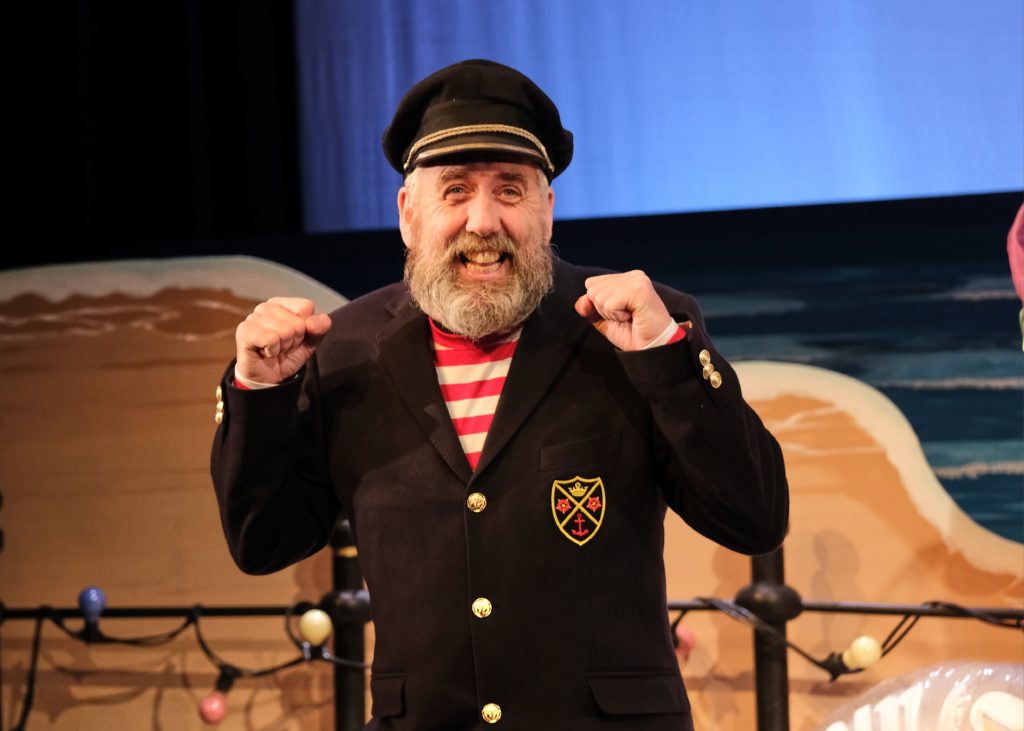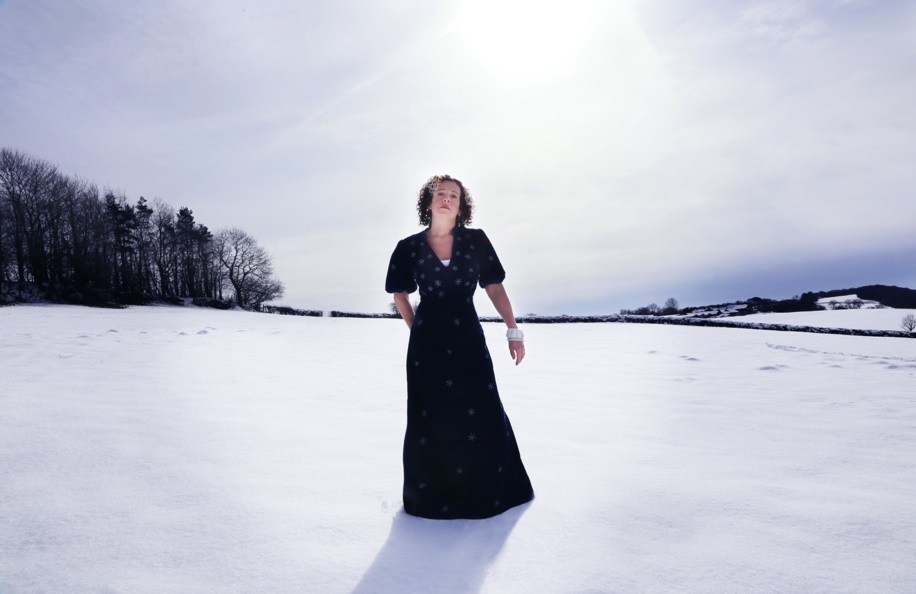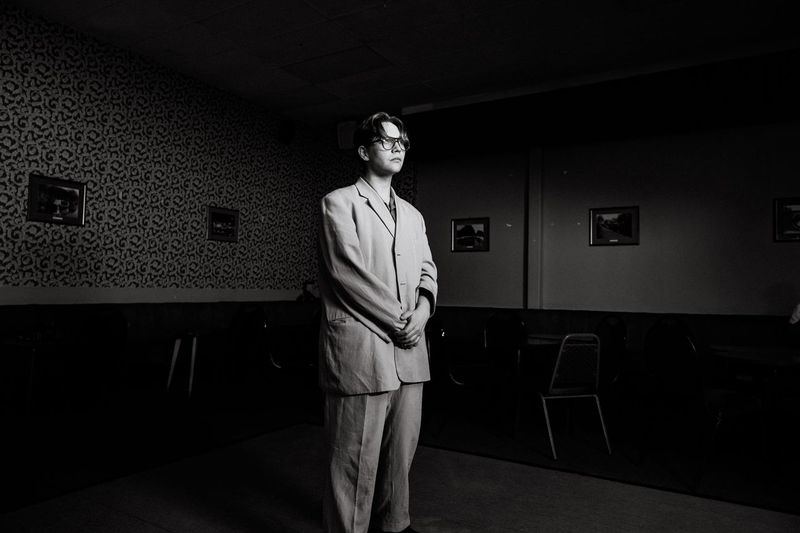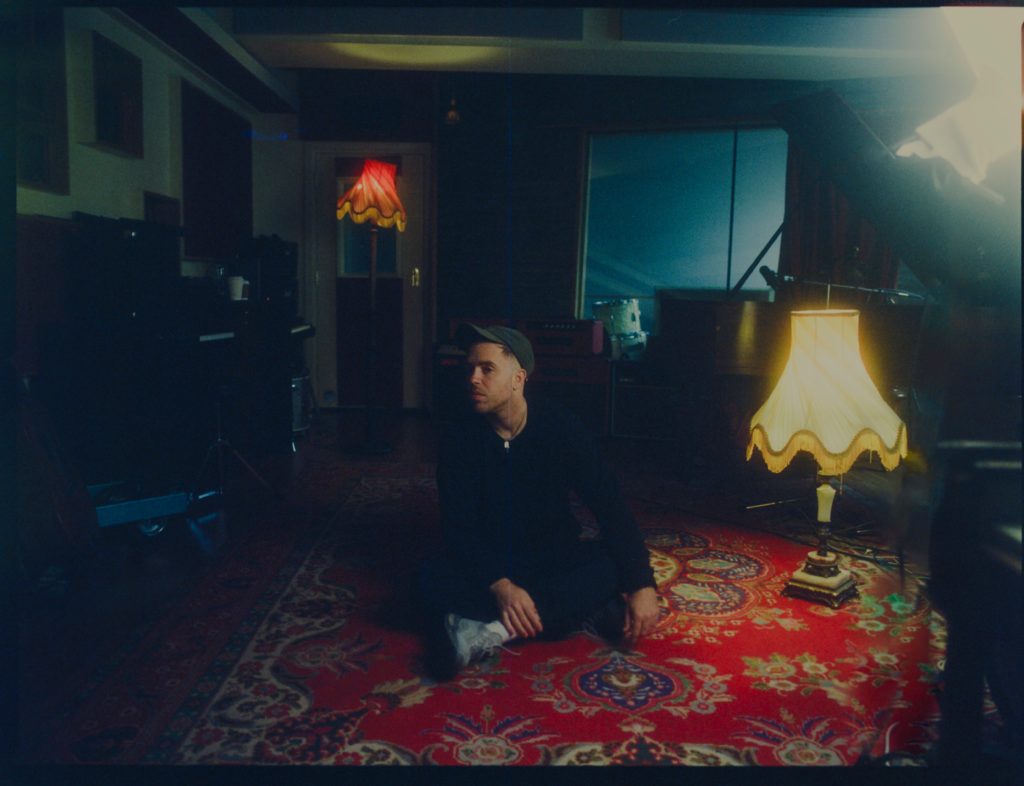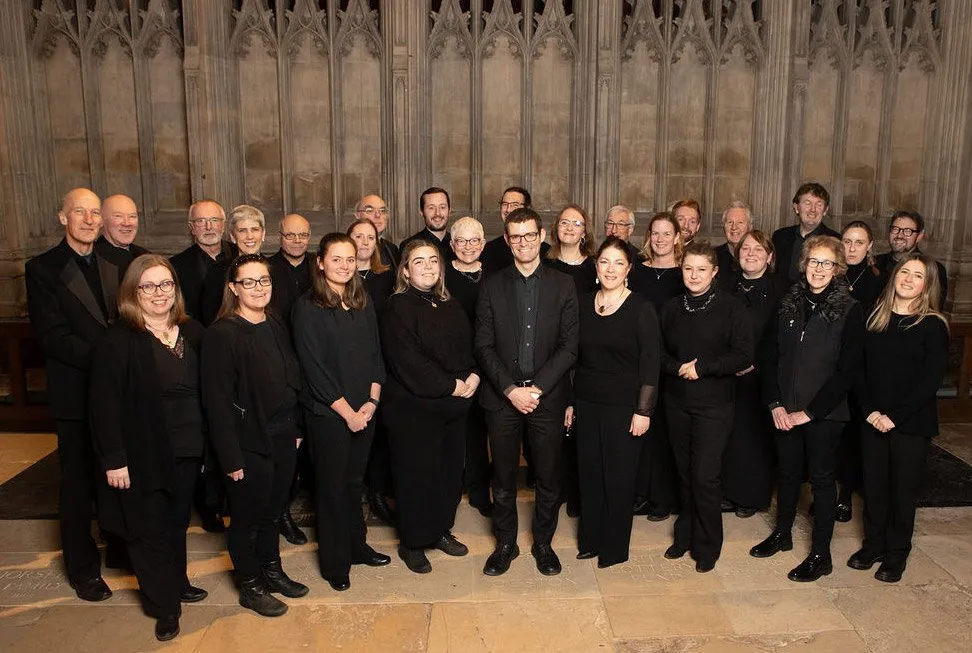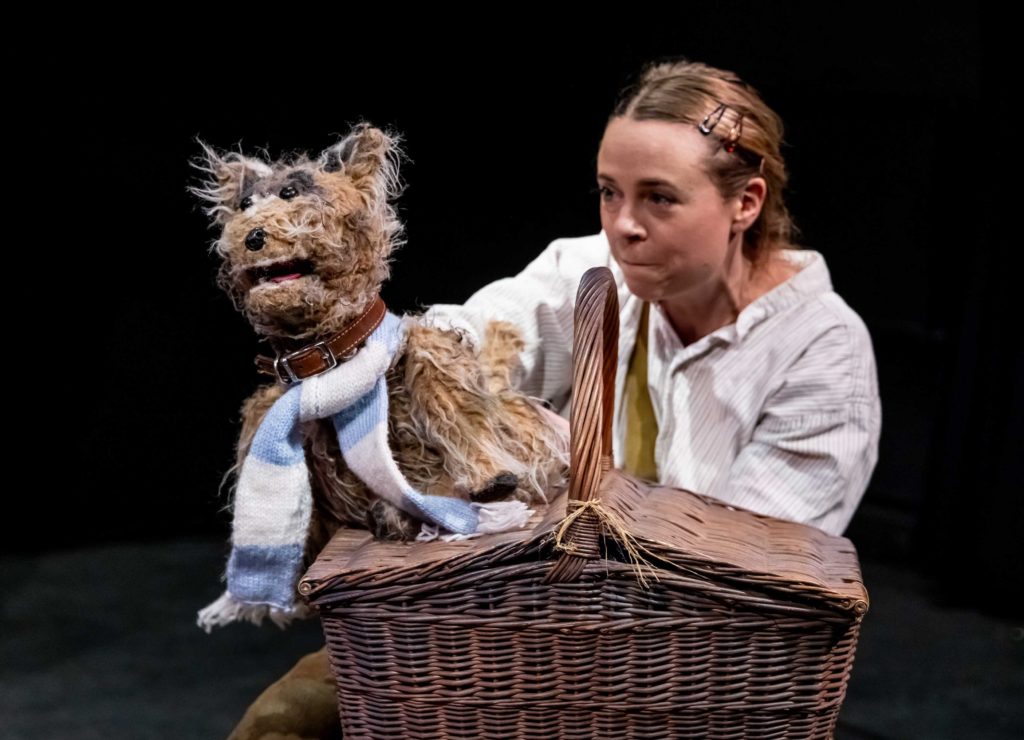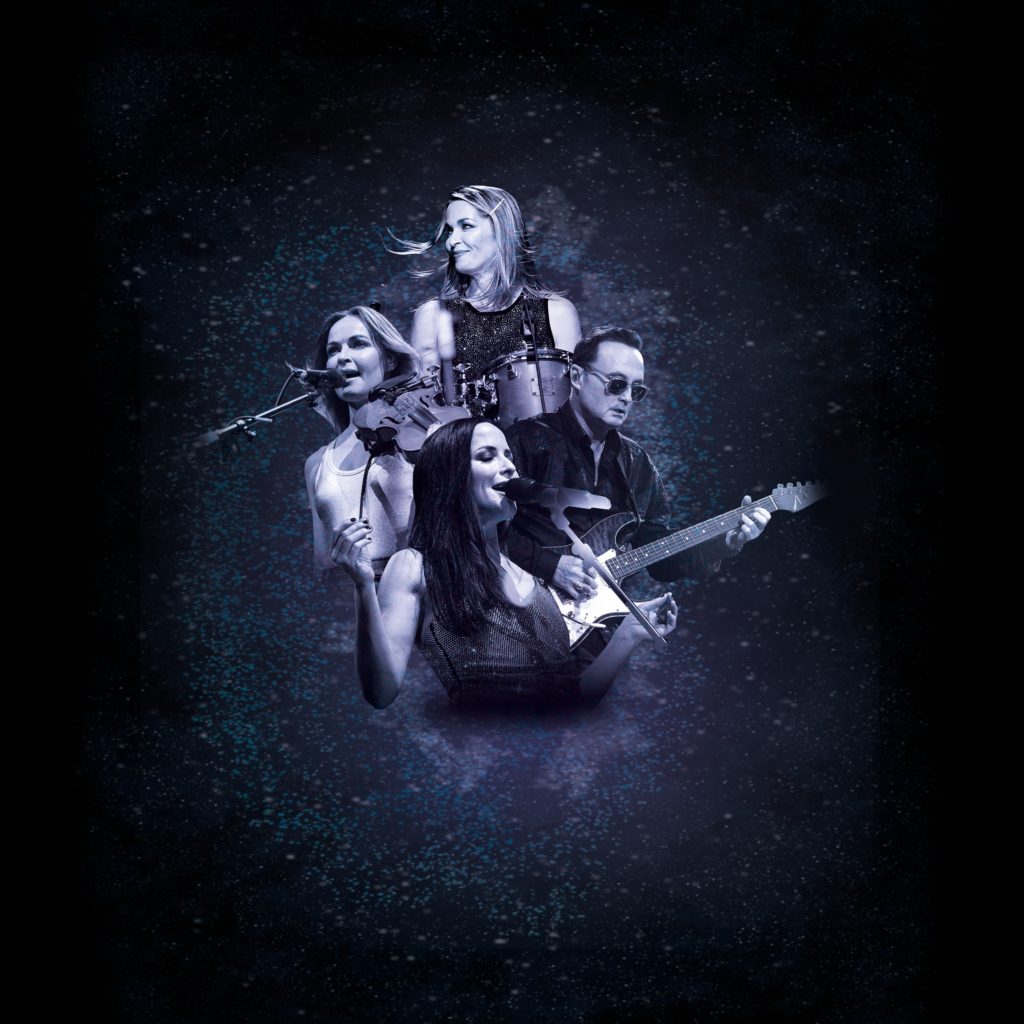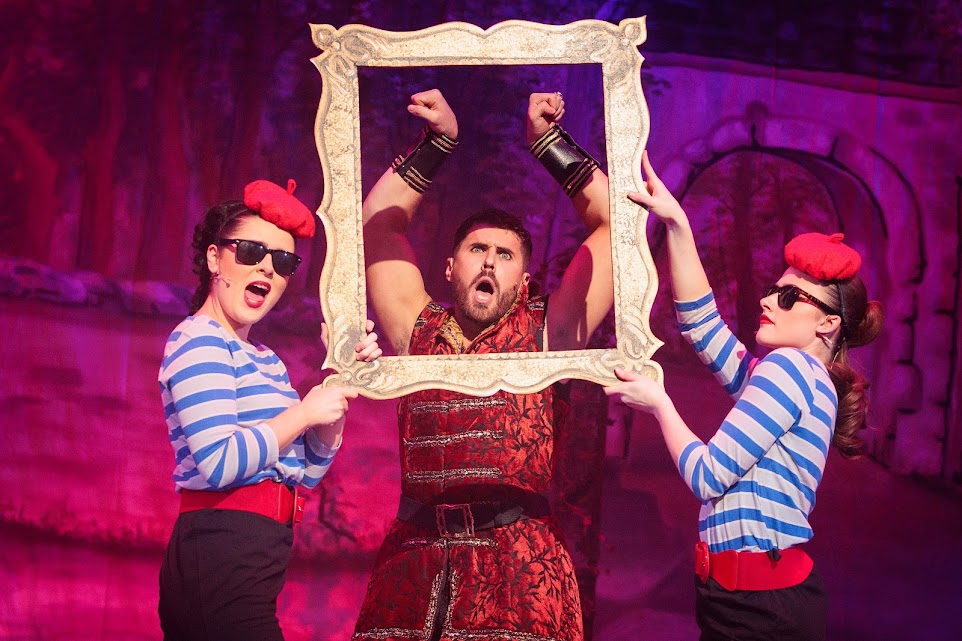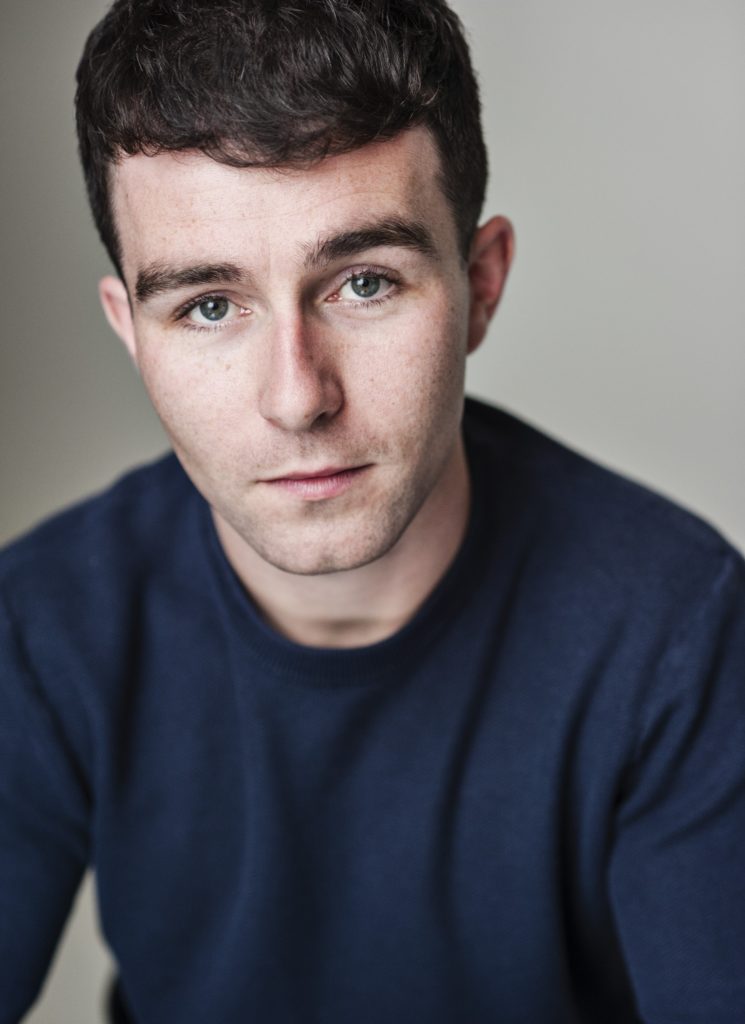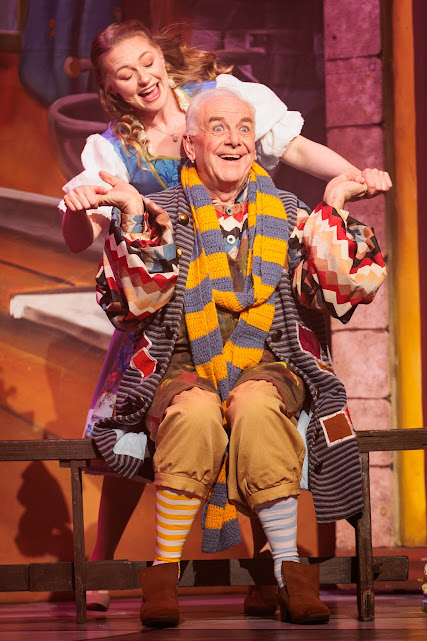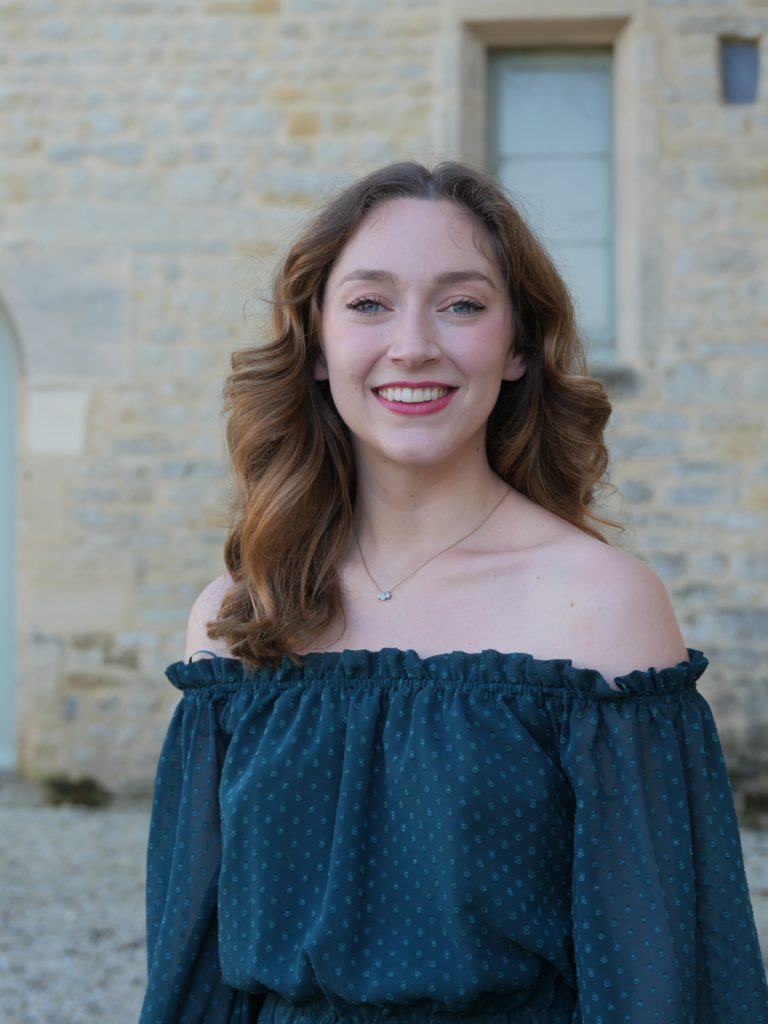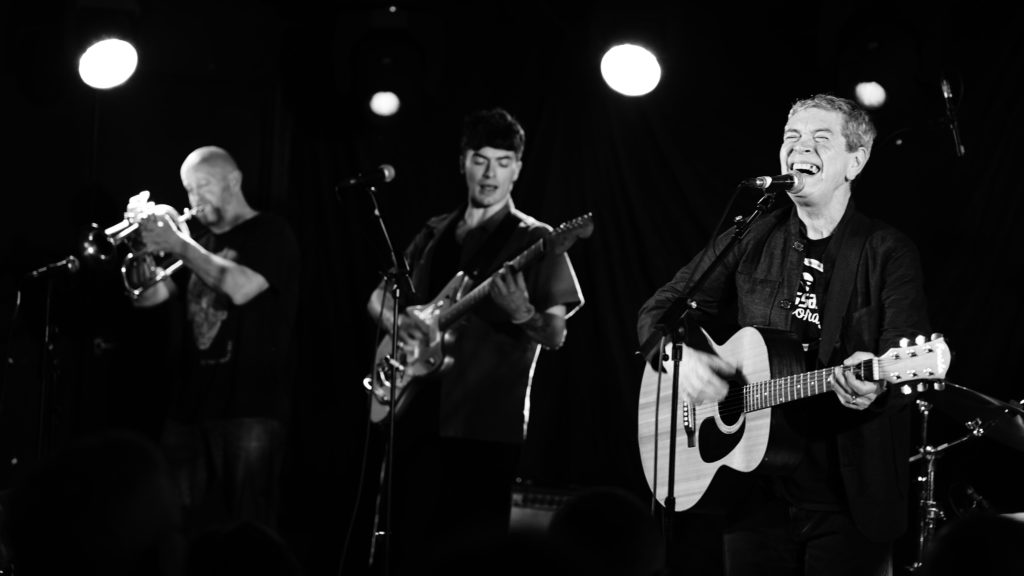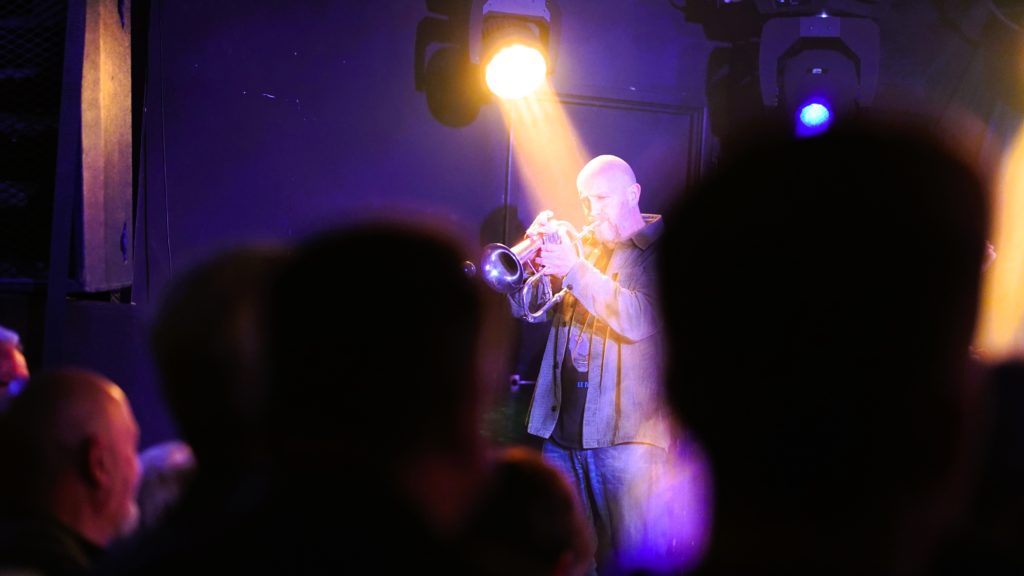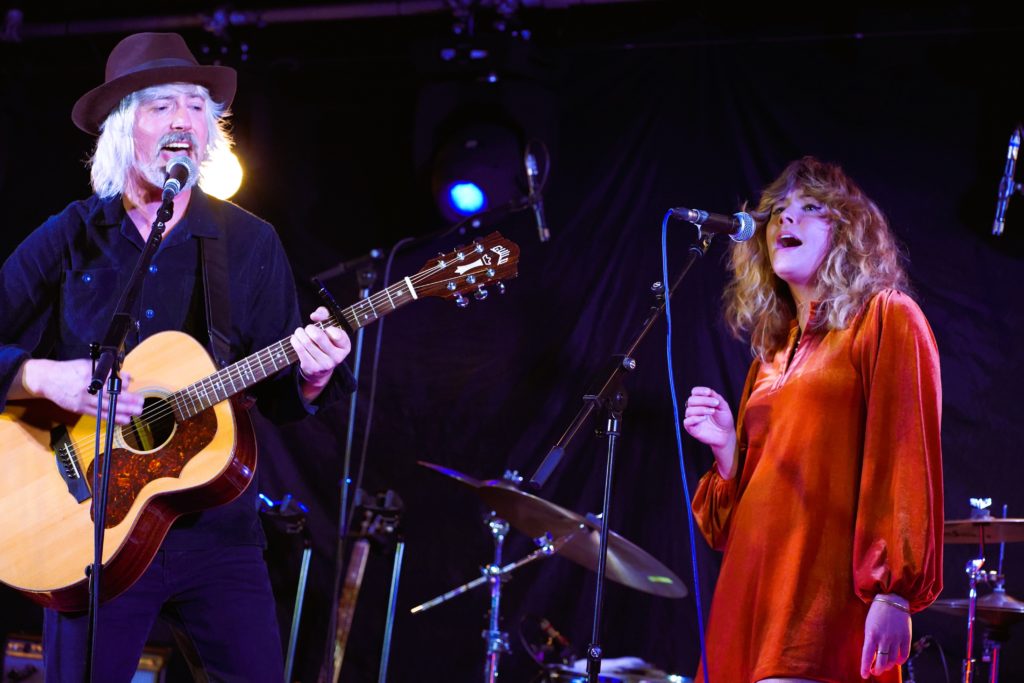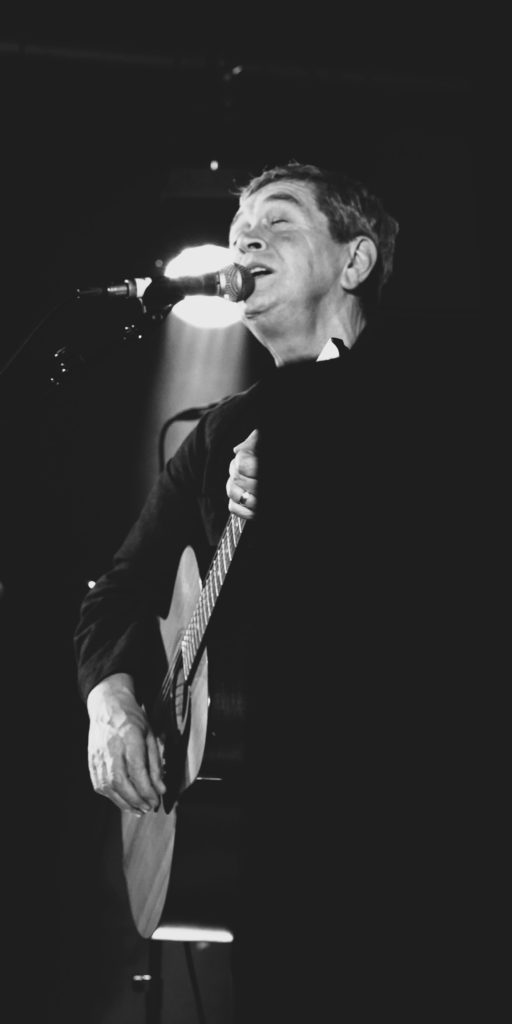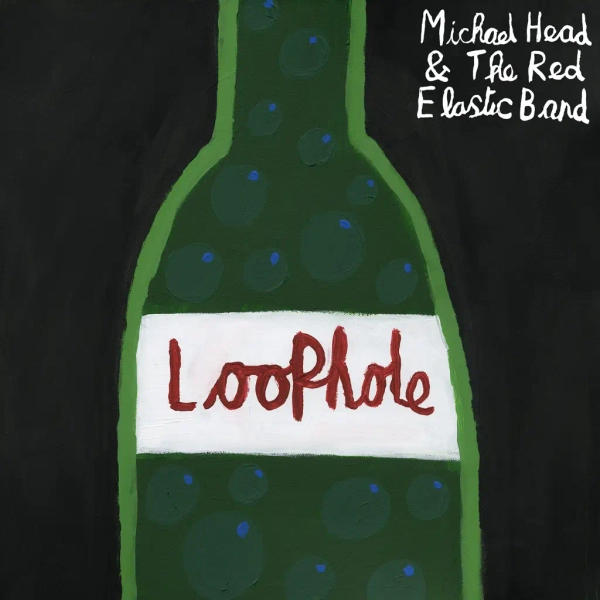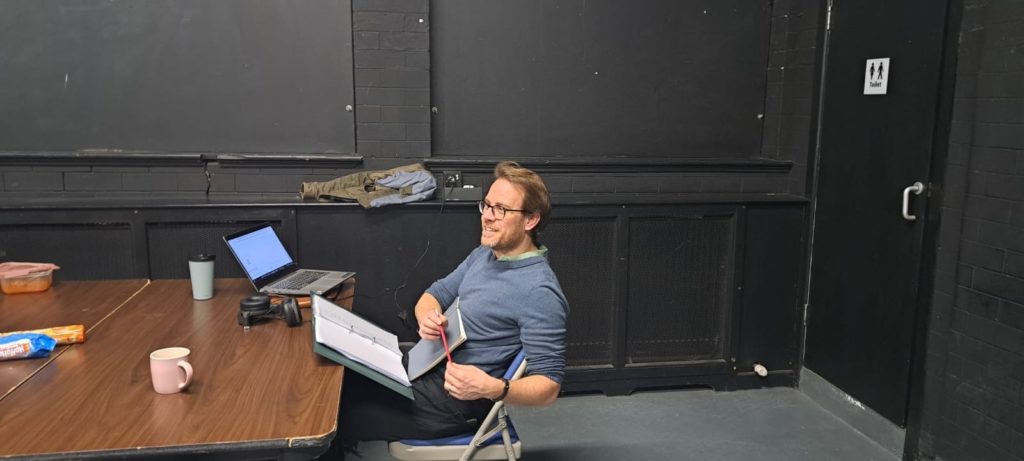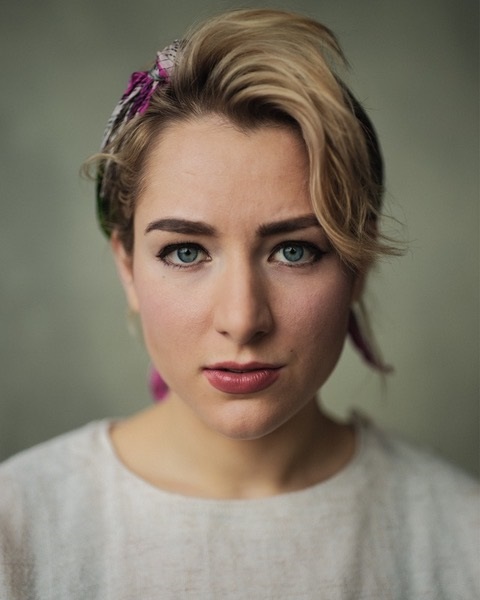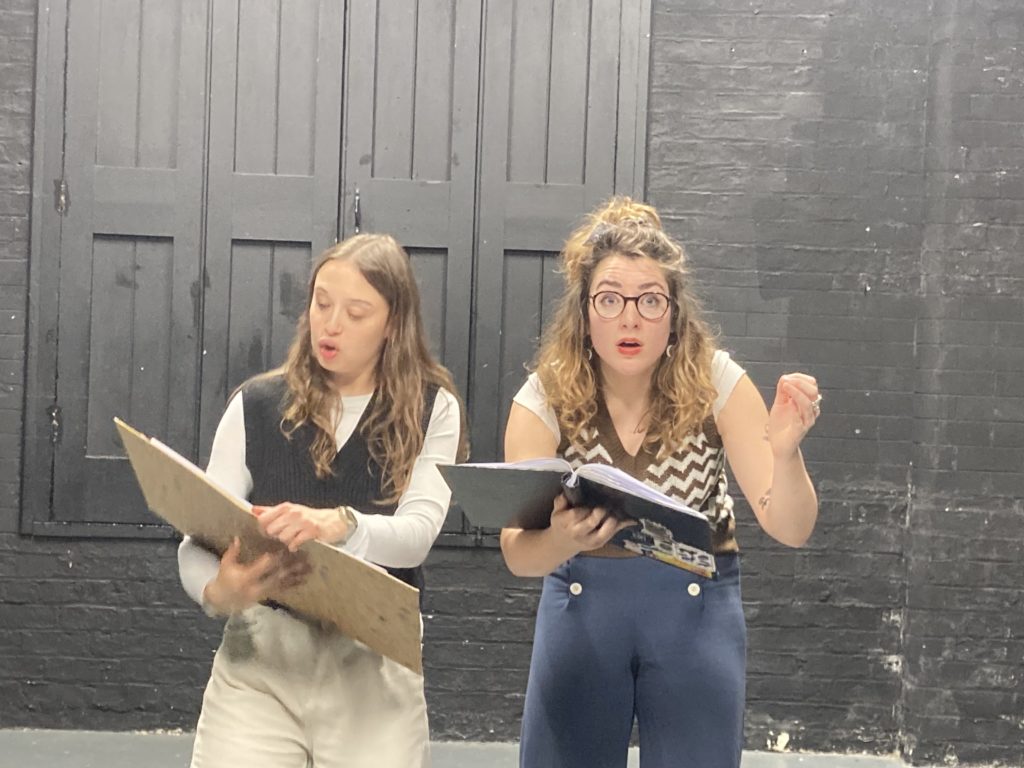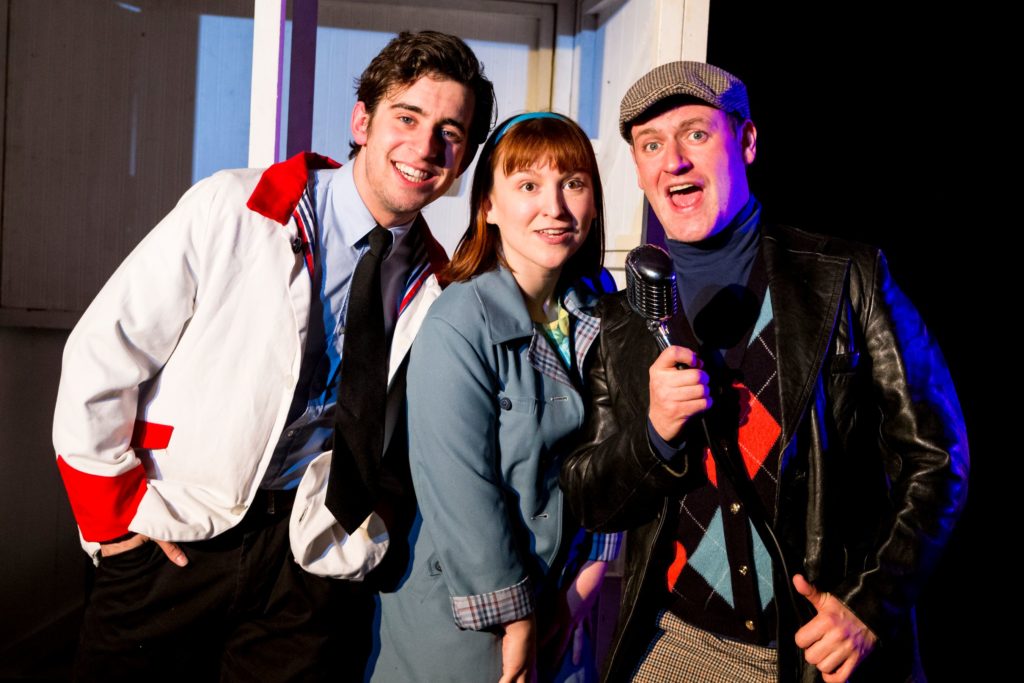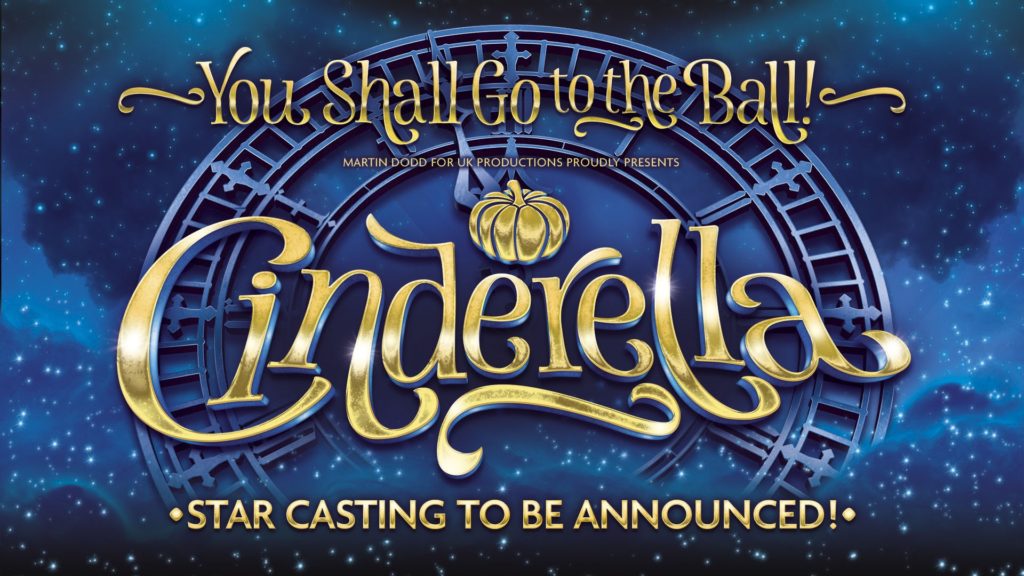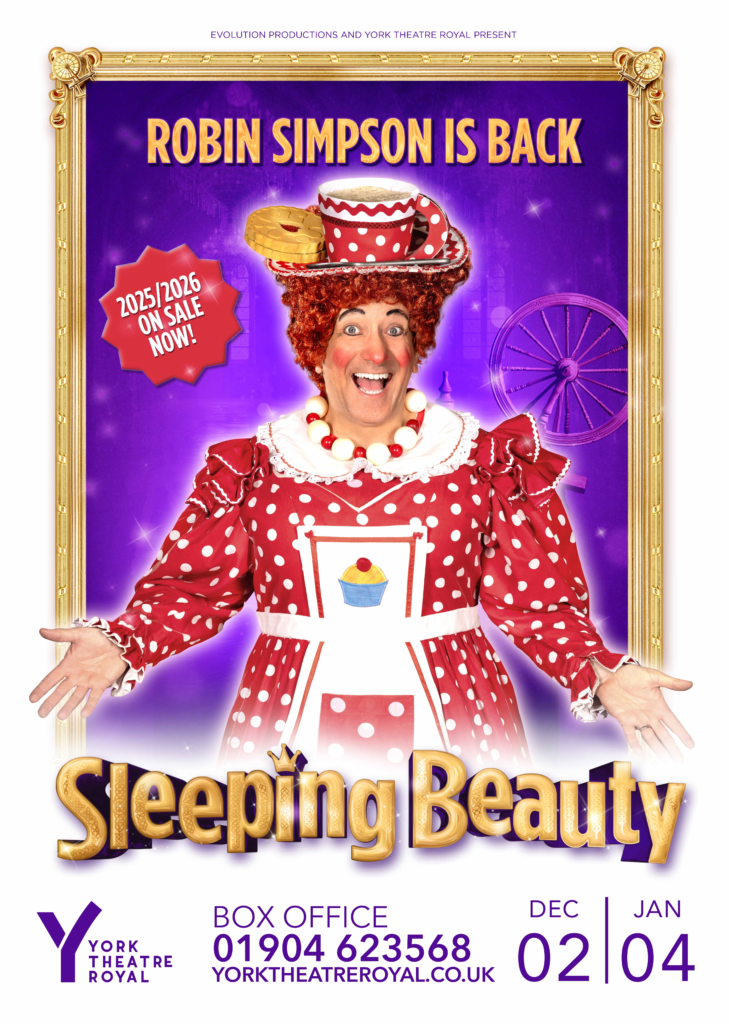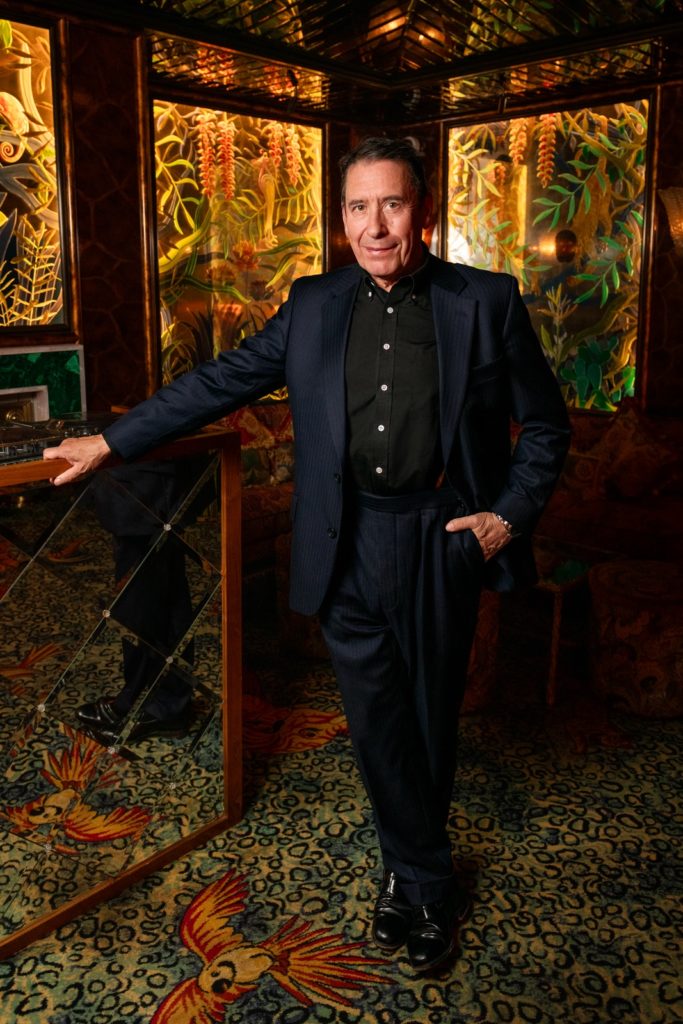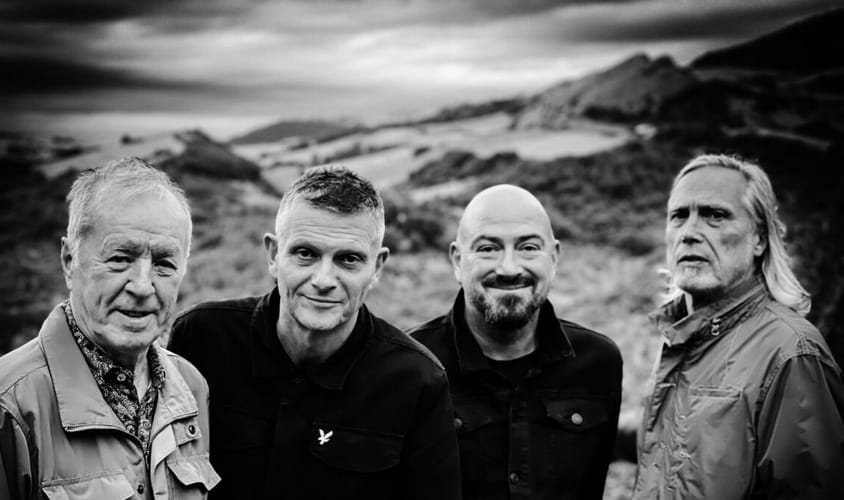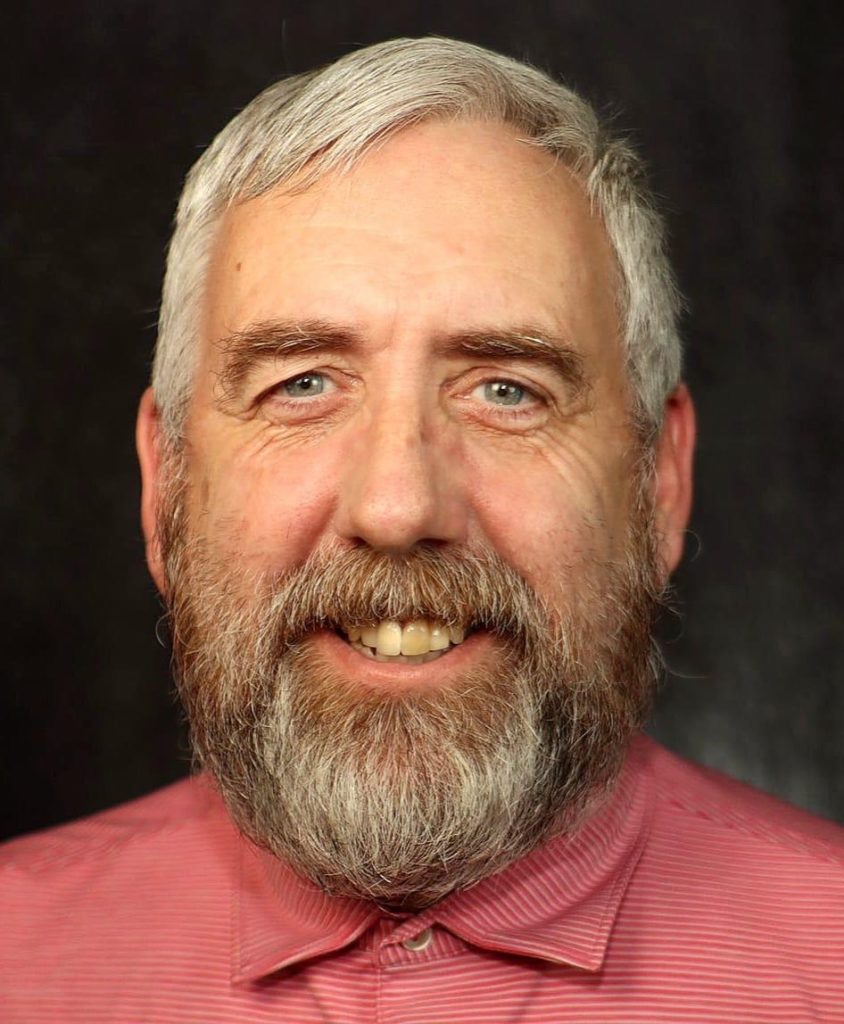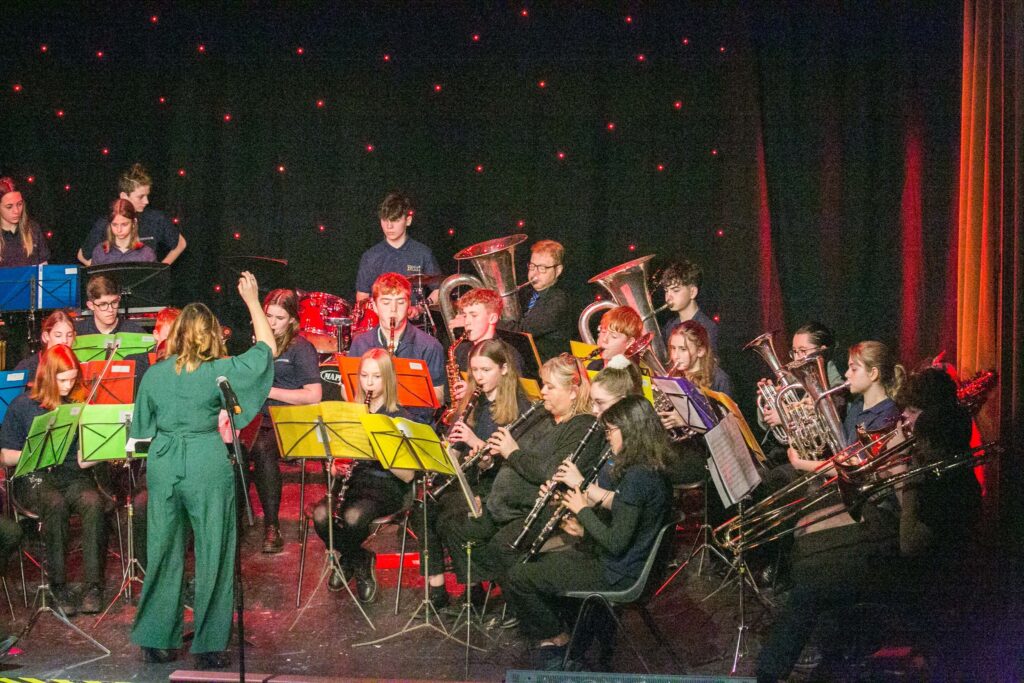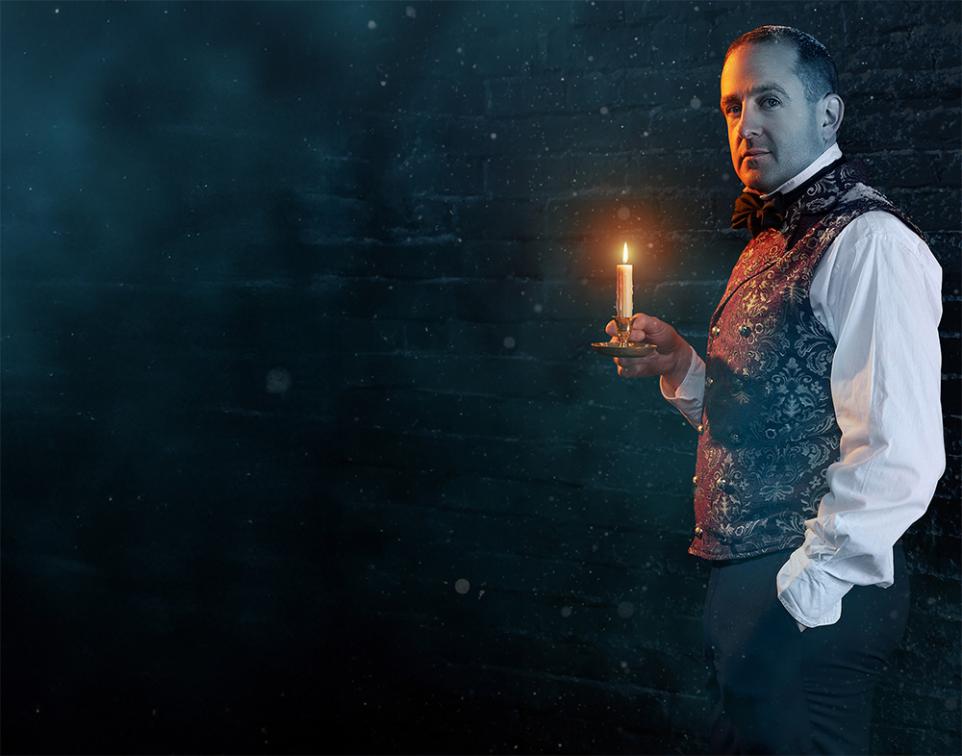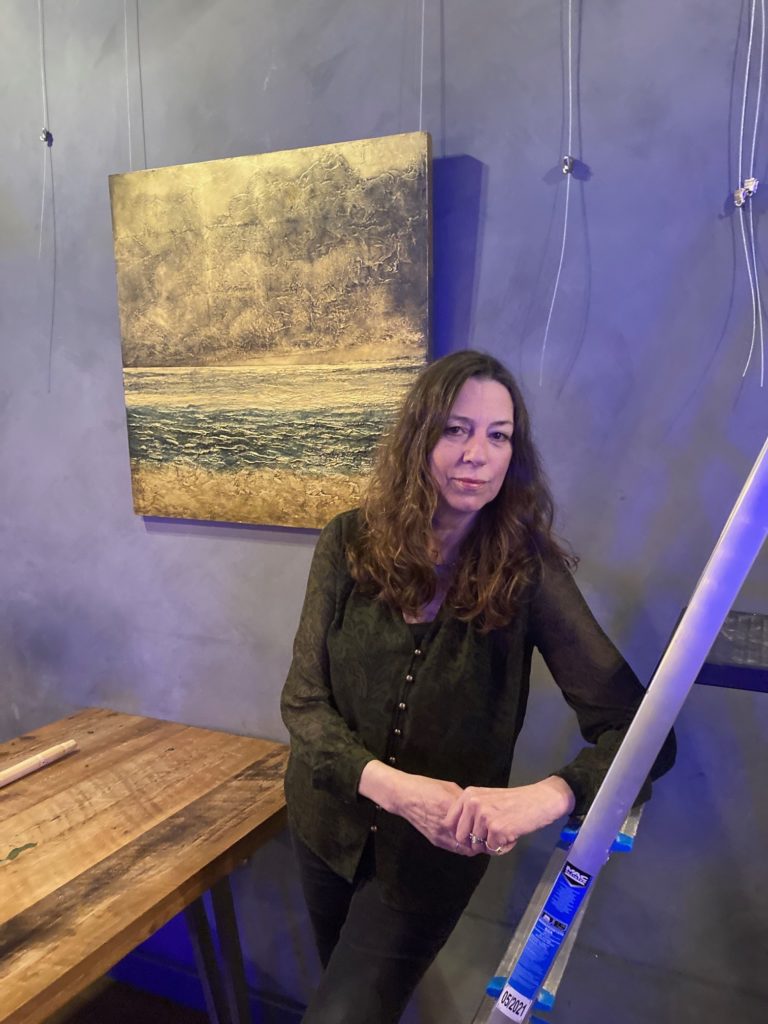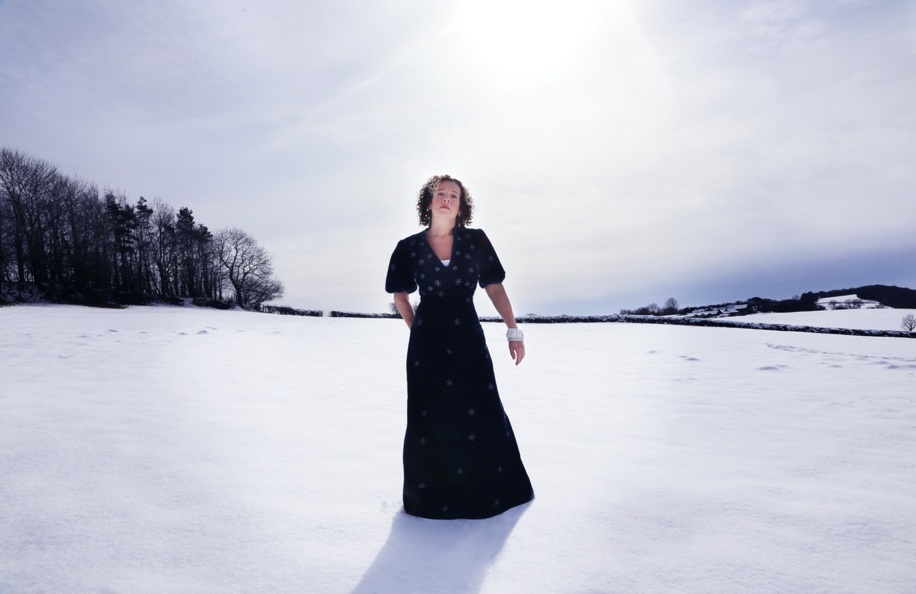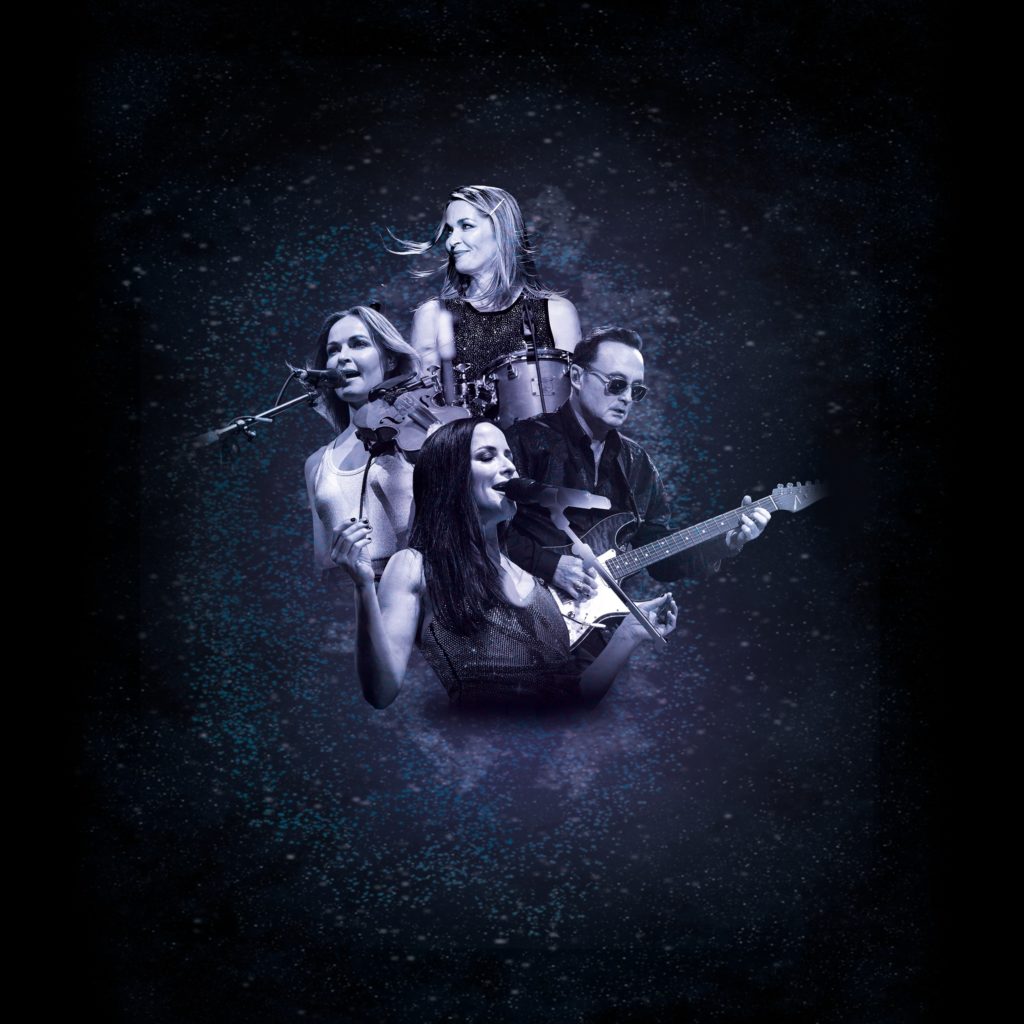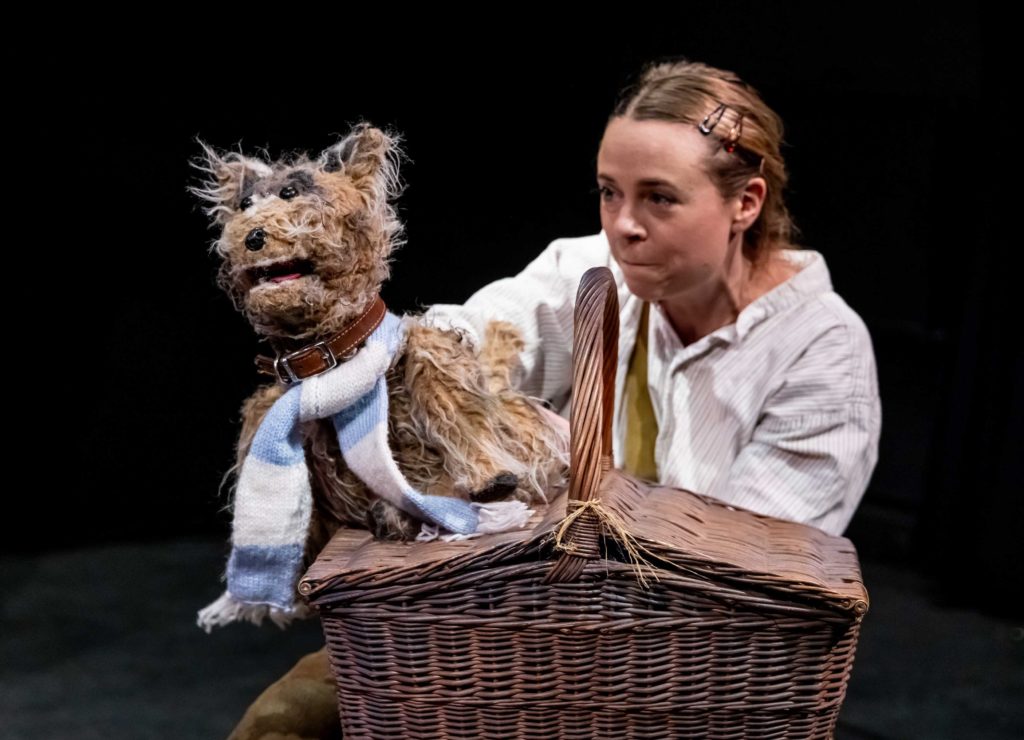
WRITER and artistic director Paul Birch is staging his first play since taking the reins of Riding Lights Theatre Company at Friargate Theatre, York, in July.
On tour from November 25 to December 18, A Christmas Cracker will conclude its travels with a home run in York from December 21 to 24.
Introducing a magical show packed with comedy, puppetry and seasonal storytelling for all the family, Paul says: “Things are not going well for world-famous storyteller Ebenezer Sneezer. She’s lost. There is snow in her wellies and her wise and faithful dog, Cracker, has some strange ideas about Christmas.
“Caught taking shelter in Mrs McGinty’s barn, she allows them to stay on condition that Ebenezer warm up her Christmas with some of her seasonal stories. If they bring her enough glad tidings, there’s a hot supper on the cards. If not, they will be thrown back out into the storm.
“With Mrs McGinty’s frozen heart in need of a magnificent miracle and Deadly the dastardly donkey ready to kick comfort and joy out of his stable, will Ebenezer triumph? Despite turbulent turkeys and hysterical hay fights, she has a plan and some tremendous tales to turn things around.”
Full of Birch’s trademark humour, “it’s kind of an alternative, unusual way into the Nativity story,” he says. “I would say it’s like a cross between Wallace & Gromit and Chicken Run in its tone, and hopefully it pulls off that Pixar trick, where the whole family can sit down and enjoy it together.
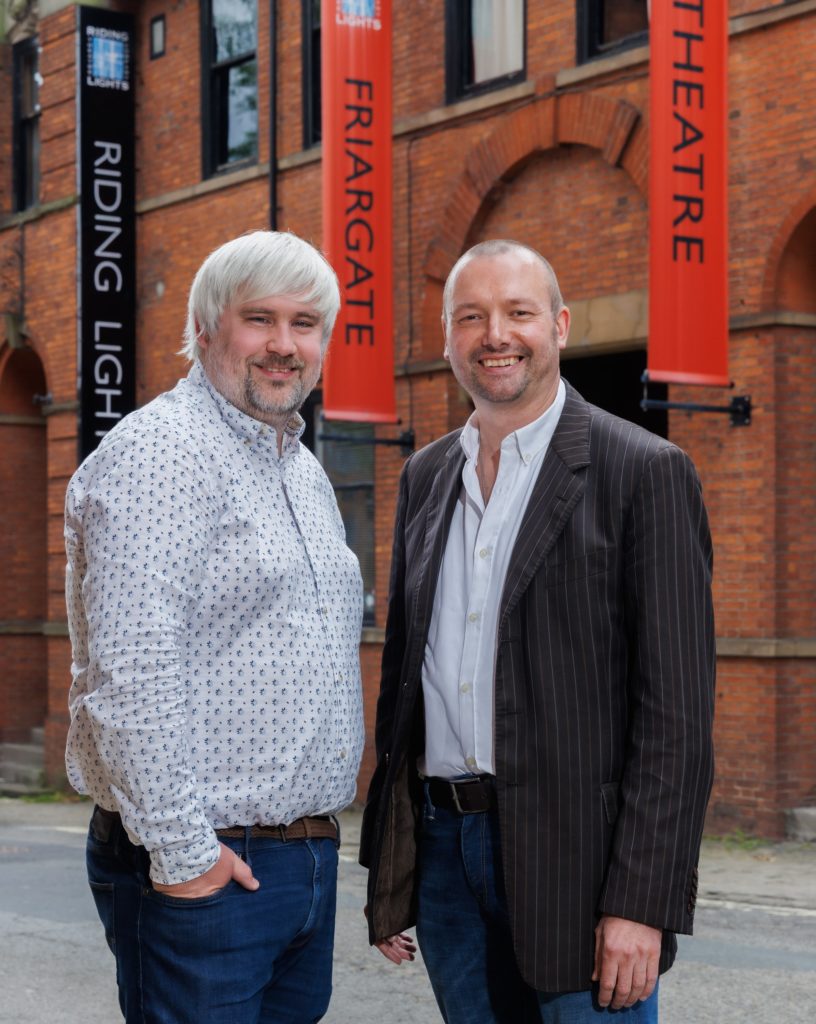
“It’s a play about communicating the importance of love, the importance of perseverance and the wonder and power of storytelling.
“So it’s a re-working of the Christmas story that also recognises that the act of storytelling itself has such a powerful effect on people. Part of the play shows how stories can be harmful too, where we have the ‘villains of the piece’ not actually being villains but playing out roles when they’ve been treated as villains, but then they discover that’s not the true story at all.”
Paul continues: “Stories are not just something we tell to each other but they also shape us. It’s about re-discovering the stories we tell and how we tell them to each other.
“It’s very difficult to live with the cynicism of our age. One of the things I think about the Creation story, whether you think the story is true or not, is that people can be transformed for the better and there is hope in that.
“Christian stories or stories of other faiths have hope embedded in them, and we have to come back to the hope that we can be better, we can make things better. What links His Last Report [next summer’s community play about the life and legacy of Seebohm Rowntree that Riding Lights will be doing with York Theatre Royal] and A Christmas Cracker is the common theme of the power of human beings to change things for the better.
“Maybe that is the case with all theatre: that thing of what happens as a result of that change into a new story. It’s not that stories simply go, ‘here is the message’, but that it is a point of connection between audience members and connection between theatre-makers and their audience.
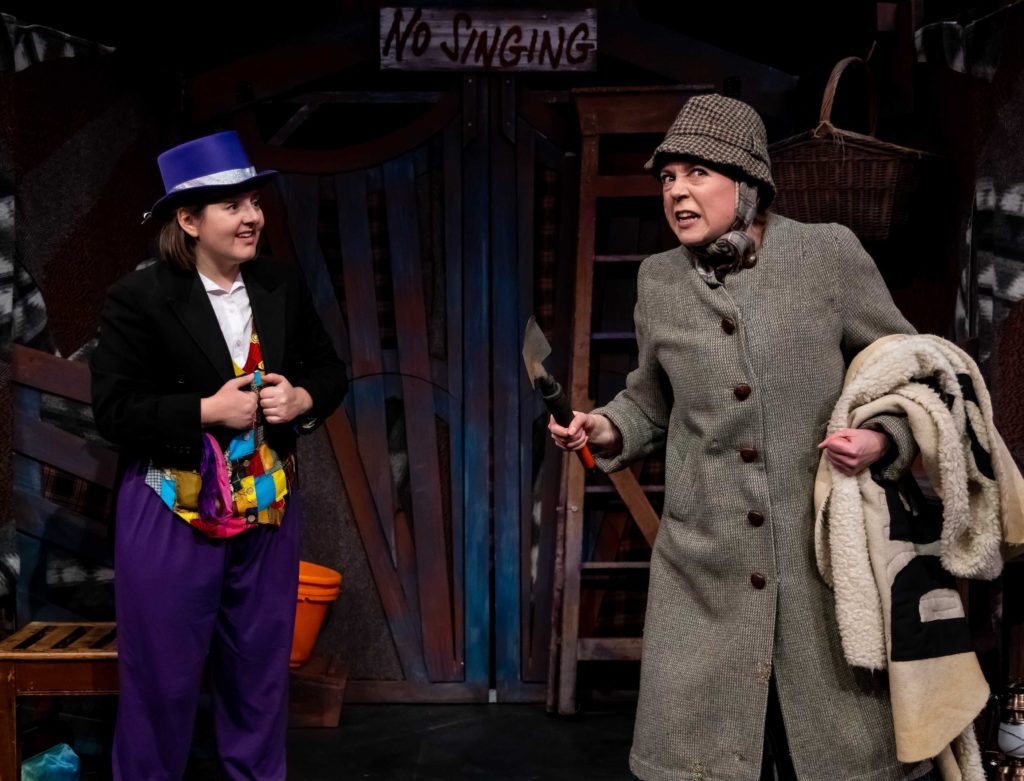
“We’re trying to make sense of the world, not providing answers, but seeing new opportunities through new ideas.”
Paul points to the ever-changing shape of theatre being one of its prime strengths. “The difference between film or other recorded media and theatre is that they cannot be changed, but theatre can do that with each performance. It will change and shift, and not only the performers, but the audience too – and when theatre is good, it’s a dialogue between the two. That’s not to say it might not have clear provocations within it, but it always needs to be responsive.”
Paul first wrote A Christmas Cracker more than a decade ago. “I did re-write it for this production and even now I would re-work it again. We are always re-tuning. Watching with a young audience is always really interesting because they will tell you when it’s working and when it’s not.”
Paul’s hour-long play is directed by Erin Burbridge, retaining the Burbridge family involvement in Christian theatre company Riding Lights after the death of company founder Paul in May 2023. Her cast features Grace Hussey-Burd as Ebeneezer Sneezer and Holly Cassidy as Cracker and Mrs McGinty, with York actress Claire Morley on understudy duty.
Time to get cracking to secure tickets.
Riding Lights Theatre Company in A Christmas Cracker, Friargate Theatre, Lower Friargate, York, December 21 to 24. Performances: 11am, 1.30pm and 6pm, December 21 to 23; 11am, 1.30pm and 4pm, December 24. Box office: 01904 655317or ridinglights.org/achristmascracker.


